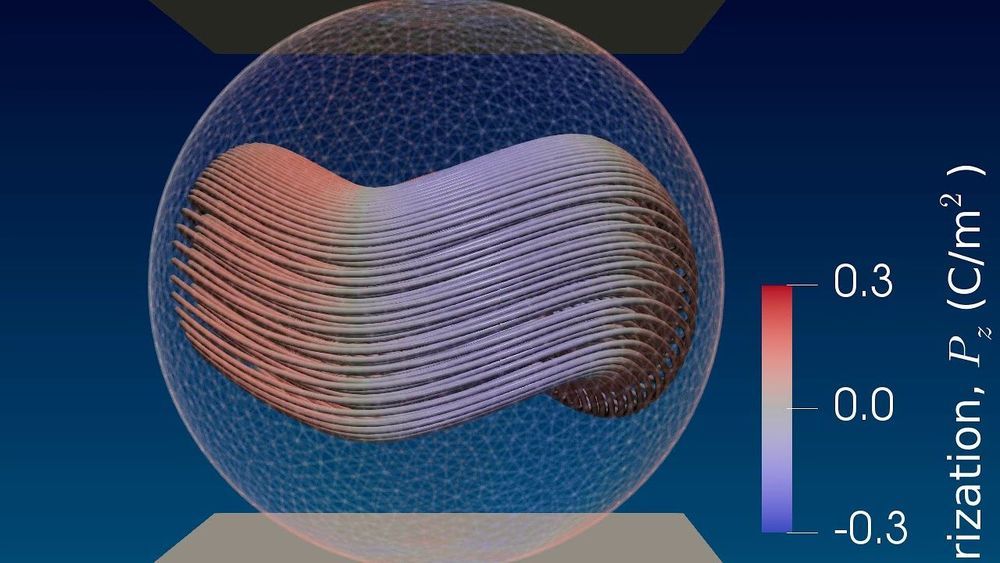May 27, 2020
Novel insight reveals topological tangle in unexpected corner of the universe
Posted by Genevieve Klien in categories: biological, computing, cosmology, mathematics, nanotechnology, particle physics
Just as a literature buff might explore a novel for recurring themes, physicists and mathematicians search for repeating structures present throughout nature.
For example, a certain geometrical structure of knots, which scientists call a Hopfion, manifests itself in unexpected corners of the universe, ranging from particle physics, to biology, to cosmology. Like the Fibonacci spiral and the golden ratio, the Hopfion pattern unites different scientific fields, and deeper understanding of its structure and influence will help scientists to develop transformative technologies.
Continue reading “Novel insight reveals topological tangle in unexpected corner of the universe” »


















